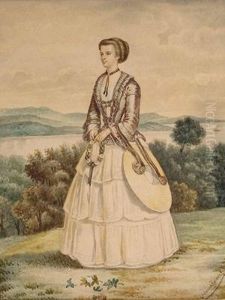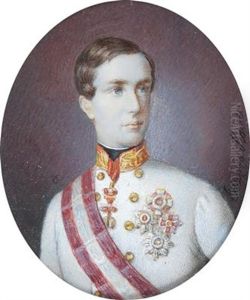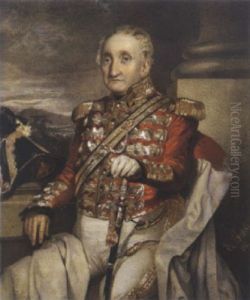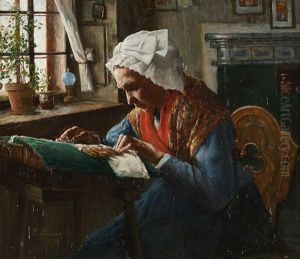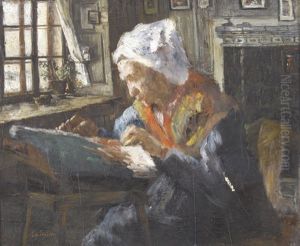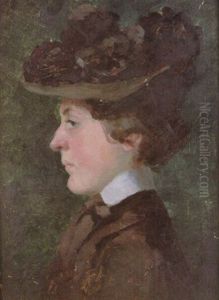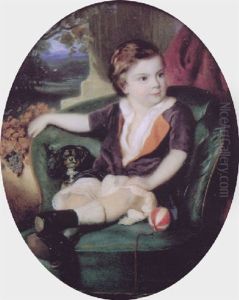Eduard Kaiser Paintings
Eduard Kaiser was an Austrian portrait painter born on January 22, 1820, in Graz. His artistic journey began under the tutelage of his father, Johann Baptist Kaiser, who was also a painter. Eduard's early education in the arts was further shaped by his studies at the Academy of Fine Arts Vienna, where he honed his skills and developed a penchant for portrait painting.
Kaiser’s talent and skill in capturing the likeness and character of his subjects earned him recognition, and he became known for his detailed and expressive portraits. In the mid-19th century, he traveled to the Levant, including Palestine and Egypt, which significantly influenced his artistic style. During his travels, he created a series of portraits and ethnographic studies that were well received by the European audience, keen on Orientalism at the time.
Throughout his career, Kaiser remained a prolific artist, contributing to the rich tapestry of Austrian art during the Biedermeier period—a time characterized by a sense of order and conservatism in the aftermath of the Napoleonic Wars. His works were appreciated for their realism and attention to detail, and he became a sought-after portraitist for the Austrian nobility and bourgeoisie.
Kaiser's legacy includes a vast collection of portraits, many of which are housed in museums and private collections across Austria and beyond. His portraits are often noted for their fine detail, rich coloration, and the psychological depth he managed to convey in the expressions of his sitters.
Eduard Kaiser's life was dedicated to the pursuit of artistic excellence in portraiture. He passed away on August 7, 1895, in Vienna, leaving behind a body of work that continues to be studied and admired for its contribution to 19th-century European art. Kaiser’s portraits not only capture the visages of individuals from a bygone era but also reflect the cultural and social milieu of the time, making them valuable historical documents as well as works of art.

